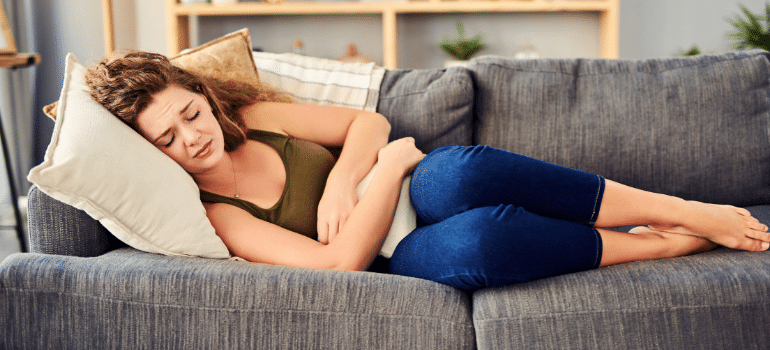Women’s Health
Want to learn more about this at Kettering Health?
If the pain you experience during your period feels unbearable, you may suffer from more than just menstrual cramps. One in ten women have a condition called endometriosis.
“Endometriosis is when the lining of the uterus is outside the uterus in places it’s not supposed to be. Sometimes it ends up in places such as in the pelvis or on the fallopian tubes, ovaries, and surrounding bowel,” says Dr. Steven Crawford, an OB-GYN.
Endometriosis is usually diagnosed in women in their 30s or 40s. And women with a family history of the disease are seven-to-10 times more likely to be diagnosed.
The telltale sign of endometriosis is painful periods that birth control pills and hormone treatments don’t help. Other symptoms may include chronic pelvic pain, pain during sex, painful bowel movements, and infertility.
Treating endometriosis
Talking to your doctor is essential if you think you may have endometriosis. He or she can give you an official diagnosis and direct you to the best treatment.
If you haven’t tried birth control pills or hormonal treatment, your physician may start there to rule out other conditions. If symptoms don’t improve, your physician may add on a non-steroidal, anti-inflammatory drug (i.e., ibuprofen) to help the pain.
“The gold standard, definitive way to diagnose endometriosis is laparoscopy,” Dr. Crawford says.
Though considered a minimally invasive procedure, laparoscopy is a bit more involved than just taking medication. Your physician will most likely try hormonal contraceptive medications and non-steroidal anti-inflammatory drugs (NSAIDs) before taking this step.
During the procedure, a physician inserts a camera through a small incision in the abdomen. They look at the ovaries, uterus, and fallopian tubes, and the lining of the pelvis and abdomen to make a diagnosis. The physician may excise, cauterize, or use a laser to remove the endometriosis during the laparoscopy.
As a final step, your doctor may try Lupron, a hormone therapy. This treatment essentially puts the ovaries into menopause one month at a time for about six months to help stop the growth of endometriosis.
Taking endometriosis seriously
Historically, many wrote endometriosis off as intense painful period cramps and not necessarily a condition of its own. But, according to Dr. Crawford, how endometriosis is talked about and treated continues to change—and for good reason.
“OB-GYN physicians are currently treating endometriosis more often, and it’s something we have to think about in terms of long-term fertility. Up to 40% of women with infertility have endometriosis,” Dr. Crawford says.
Endometriosis can interfere with a woman’s ability to live her life and do the things she wants to do, which can cause emotional distress in addition to physical pain.
“There are support groups for adolescents who miss school and for women who have pelvic pain,” Dr. Crawford says. “In addition to that support, they can learn about things like acupuncture or herbal therapy that may have worked for other women with their condition.”











